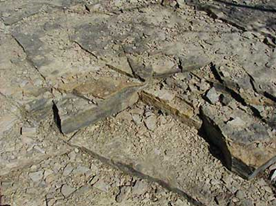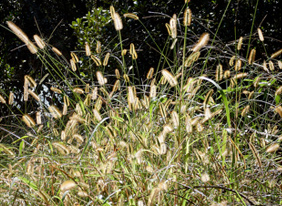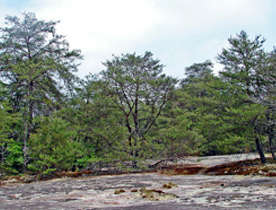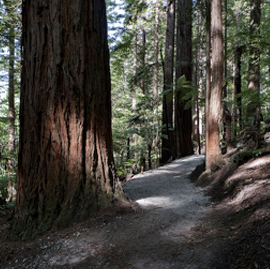
Close
Stage 1

Primary succession begins with exposed bare rock as a result of some geologic activity, such as a volcano eruption or the retreat of a glacier. The geologic event depletes the soil containing organic nutrients needed for all the plants and animals to thrive. The rock must be broken down, and the organic nutrients must be reestablished. Weathering and erosion break down the rock and soil formation begins.
Close
Stage 2

The first organisms to occupy an area that has been disturbed by some kind of disruption are called
pioneer species
. In primary succession, lichens and mosses are examples of pioneer species. The job of pioneer species is to modify the environment by breaking down the rock or soil in which they live on to make a more nutrient dense base for other organisms to thrive. For example, lichens give off acid, which degrades the rock into soil. The pioneer species add nutrients, such as nitrogen, to the soil through
biogeochemical cycles
, such as the nitrogen cycle. As the pioneer species die and decay, organic matter is added to the soil.
Close
Stage 3

Opportunistic species
are the next plants to begin growing. They are called opportunistic species because they take advantage of the work done by the pioneer species. Opportunistic species include weeds, grasses, and small shrubs. As grasses and weeds die, they are decomposed and added to the soil. Animals also begin to inhabit the areas. Insects usually appear first and then rodents. Larger mammals are the last to appear.
Close
Stage 4

Over time, the weeds, grasses, and shrubs die and decay and add nutrients to the soil, which allows for more complex species, such as softwood trees, to grow. The biodiversity of a community continues to increase as it ages. More and more plants and animals begin to inhabit the area.
Close
Stage 5

Succession takes many years (even hundreds) before completion. Once the community reaches a stable state of maturity it is called a





